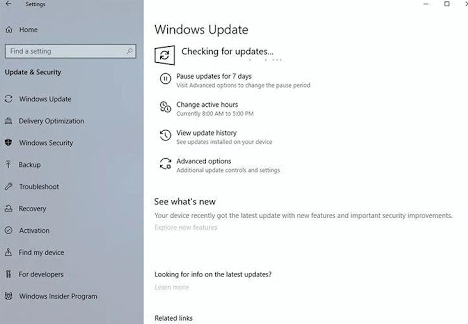If you have a promising business idea, you may be wondering how to get started. Many steps are involved in getting a successful business off the ground, but millions of people have done it and so can you.
Here we will provide some tips to get your business off the ground. For a complete guide on starting a particular type of business, you can visit StepByStepBusiness.com. You can type in your business idea in the search box and find your guide.
Do Some Research

You need to understand the industry you’re getting into. You can find industry statistics online to see if it’s growing or declining, as well as what’s trending in the industry, and who the customers are.
For example, you might find out that your product is trending with Gen Zs. That will help you to design your product to meet the needs of your target market and help you to figure out where you should market your product. For example, you might want to market to Gen Zs on TikTok and Instagram.
You should also research competitors in your market. Look at their strengths and weaknesses and try to come up with a way that you could gain an advantage over them.
You can look at customer reviews to find out what people like and don’t like about those competitor companies and find something that you can do better to make your business stand out.
Startup Costs
Next, you need to figure out what you’re getting into financially. Consider every single thing you might need to be able to start selling your product or service. You’ll probably have the following expenses:
- Whatever it costs to acquire your product from a supplier or manufacturer or your cost to make the product
- A deposit on a rental location (unless you’re going to be home-based)
- Business registration with your state
- Business licenses and permits that may be required
- Business insurance, such as general liability or professional liability insurance
- Your website
- An initial budget to market your product
Once you know your potential costs, you’ll need to figure out where you’ll get the funds if you don’t have them. You may be able to get funding from family and friends, or you could apply for a bank loan or SBA loan.
Potential Profit

First, you need to figure out your prices. What does it cost to make or acquire your product? You’ll want to mark up the cost to a price that will give you a good profit. You also, however, need to look at prices for similar products to make sure your prices are competitive.
Once you know your price, you need to project how much you can sell on a monthly basis. You’re guessing at this point, but it will tell you how much you need to sell to maintain your lifestyle.
Choose a Business Entity Type
You need to decide what your company’s business entity type will be. Here are the main options:
- Sole Proprietorship – The most common structure for small businesses makes no legal distinction between company and owner. All income goes to the owner, who’s also liable for any debts, losses, or liabilities incurred by the business. The owner pays taxes on business income on his or her personal tax return. You do not have to register your business with the state.
- Partnership – Similar to a sole proprietorship, but for two or more people. Again, owners keep the profits and are liable for losses. The partners pay taxes on their share of business income on their personal tax returns. You usually do not have to register a partnership with the state.
- Corporation – Under this structure, the business is a distinct legal entity and the owner or owners are not personally liable for its debts. Owners take profits through shareholder dividends, rather than directly. The corporation pays taxes, and owners pay taxes on their dividends, which is sometimes referred to as double taxation. You must register your corporation with your state.
- Limited Liability Company (LLC) – Combines the characteristics of corporations with those of sole proprietorships or partnerships. Again, the owners are not personally liable for debts. You must register your LLC with your state.
- S Corp – An S-Corporation refers to the tax classification of the business but is not a business entity. An S-Corp can be either a corporation or an LLC, which just need to elect to be an S-Corp for tax status. In an S-Corp, income is passed through directly to shareholders, who pay taxes on their share of business income on their personal tax returns.
Write a Business Plan

Writing a business plan will help you to think through every part of starting and running a business. A business plan is also necessary if you apply for a loan.
Your business plan should include:
- Executive Summary: Brief overview of the entire business plan. Write this after your plan is complete.
- Business Overview: Overview of the company, vision, mission, ownership, and corporate goals.
- Product and Services: Describe your products or services in detail.
- Market Analysis: Assess market trends.
- Competitive Analysis: Analyze main competitors, assessing their strengths and weaknesses, and try to find a way to give your business a competitive advantage.
- Sales and Marketing: Develop sales and marketing strategies.
- Management Team: Overview of management team, detailing their roles and professional background. This may be just you at this point but think about who you might need in the future. Consider who else you might need to hire for various roles.
- Operations Plan: This is the logistics of how you will run your business on a day-to-day basis.
- Financial Plan: Three years of financial planning, including startup costs, break-even analysis, profit and loss estimates, cash flow, and balance sheet.
Get Your Business Off the Ground!
Now you’re ready to start implementing your marketing plan and making those sales. Sometimes you can get your initial sales from family and friends, or people you know on social media. It may take some time to get things rolling, but don’t give up! Keep working and the sky is the limit.





